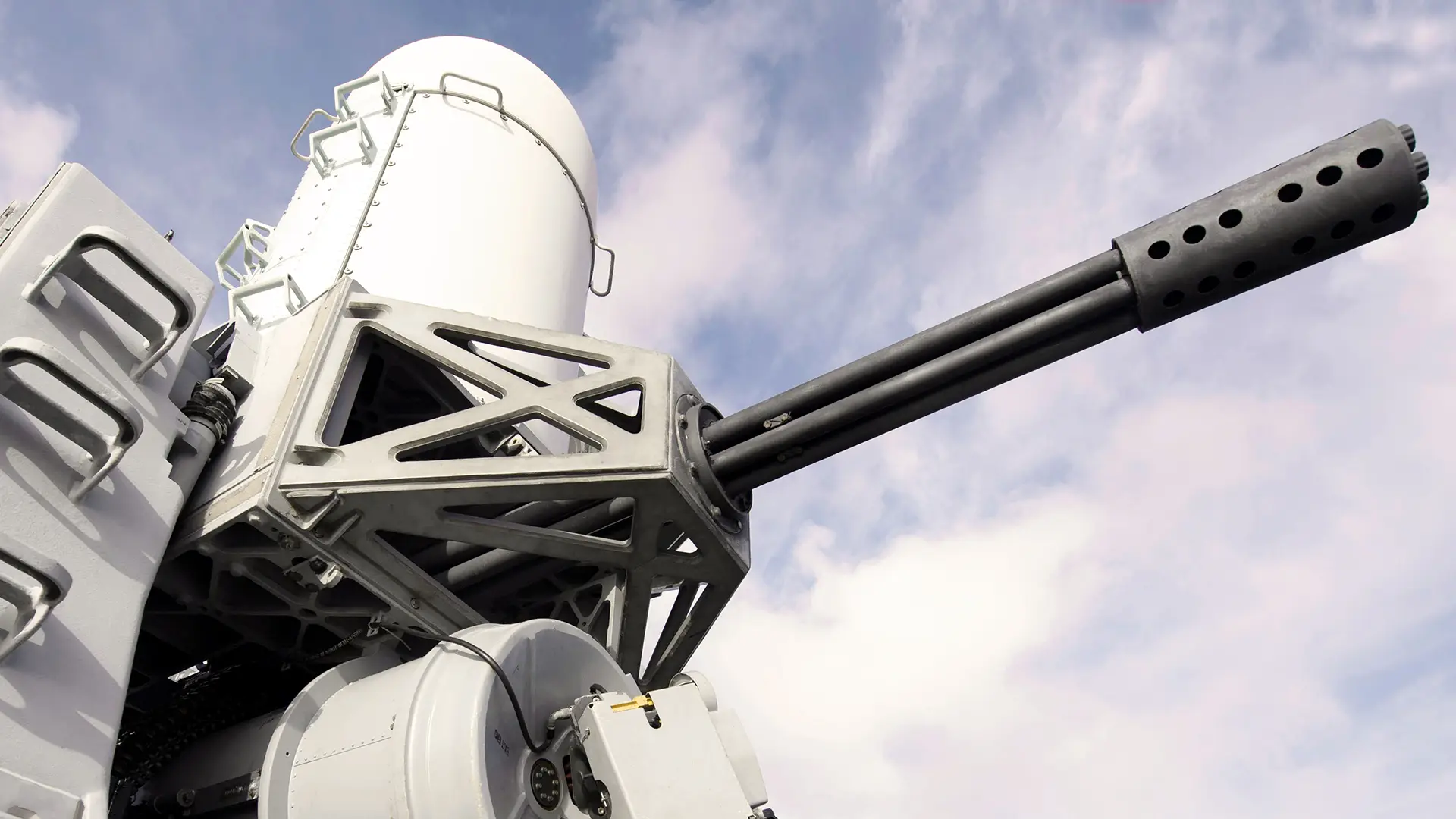A Japanese engineer in his garage has created a counterpart to the Mk 15 Phalanx CIWS anti-aircraft system, which fires bullets for a game of strikeball

A video has surfaced on social media showing the Mk 15 Phalanx CIWS anti-aircraft artillery system. But if you take a better look, we see the equivalent of a shipboard system. The model is designed by a Japanese engineer and fires strikeballs.
Here's What We Know
The video shows a homemade analogue of the Phalanx CIWS, created by Japanese enthusiast Kogoro Kurata. He is the CEO of robotics company Suidobashi Heavy Industry.
ファランクスミニ、試射。
- kogoro (@koogooroo) June 1, 2023
楽しいがBB弾の掃除めんどくさすぎてエグい。
もっと広いとこでやりたいですなー
防備しても跳弾半端なくて痛いし。 pic.twitter.com/pBGBnkmccd
More than 10 years ago, Kogoro Kurata collaborated with roboticist Wataru Yoshizaki to create a prototype of the Kuratas robot. In 2017, he took part in the Megabots battle, where he was able to win.
The video shows the miniature Phalanx CIWS firing at a target made of dense paper material. There are no complaints about the Japanese engineer's system in terms of accuracy and power - the weapon successfully shot the target.
本物ファランクスのココにはアンテナが入っているんだけど、BB弾タンクにしてみた。
- kogoro (@koogooroo) May 30, 2023
初見では絶対ここ弾が入ってると思ったし。
オレの計算ではこのタンクには90万発入る。
CAWミニガンが毎分3000発なので弾数的には5時間撃てる模様。
数分でモーター焼ける気はするが。
今週内で試射してみる。 pic.twitter.com/TdOFYHQvQ4
As for the actual shipboard anti-aircraft artillery system, it entered service with the US Navy in 1980. The Mk 15 Phalanx CIWS was developed by Raytheon and is equipped with the M61 Vulcan cannon, which has a rate of fire of 4,500 rounds per minute.